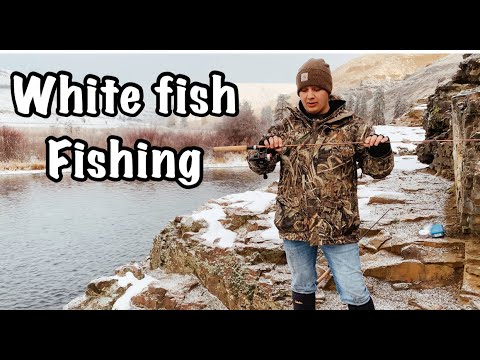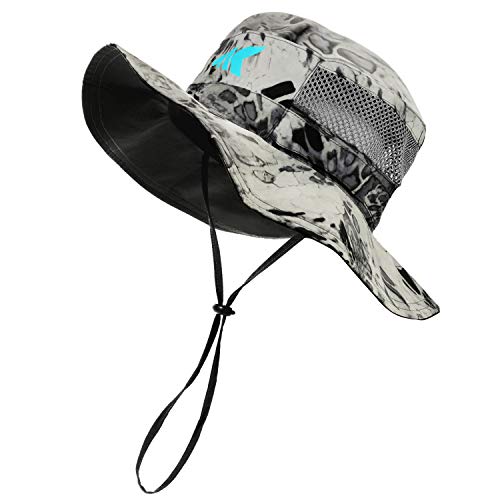Lake Whitefish Fishing Guide: Techniques, Tips, and Insights
Lake Whitefish Fishing Guide
Lake whitefish (Coregonus clupeaformis) is a highly prized species among freshwater anglers due to its excellent flavor and challenging catch. In this comprehensive guide, we provide detailed insights into the best practices for fishing lake whitefish, including habitat, techniques, gear recommendations, and tips for a successful fishing experience.
Understanding Lake Whitefish
Habitat and Behavior
Lake whitefish are commonly found in the cold, deep waters of North American lakes. They thrive in waters with temperatures between 32°F to 55°F and are typically found at depths ranging from 30 to 200 feet. During the spring and fall, they move to shallower waters to spawn and feed.
- Preferred Water Temperature: 32°F to 55°F
- Typical Depth Range: 30 to 200 feet
- Spawning Season: Late fall to early winter
Feeding Patterns
Lake whitefish primarily feed on zooplankton, small crustaceans, and insect larvae. During their spawning season, they are known to feed more aggressively, providing an excellent opportunity for anglers.
- Diet: Zooplankton, small crustaceans, insect larvae
- Feeding Times: Dawn and dusk are prime feeding times
Best Fishing Techniques for Lake Whitefish
Ice Fishing
Ice fishing is one of the most effective methods for catching lake whitefish, particularly in winter when they are more accessible.
- Locate the Fish: Use a fish finder to locate schools of whitefish near the bottom of the lake.
- Bait and Lures: Small jigs tipped with wax worms or maggots are highly effective.
- Presentation: Jig the bait slowly and steadily to mimic the movement of natural prey.
Fly Fishing
Fly fishing for lake whitefish can be productive, especially in rivers and streams connected to their primary lakes.
- Fly Selection: Use small nymphs and wet flies that imitate the natural food sources of whitefish.
- Casting Technique: Focus on slow, deliberate casts to avoid spooking the fish.
- Retrieve Method: A slow, steady retrieve is often most effective.
Trolling
Trolling with lightweight gear can cover a large area and is suitable for locating schools of whitefish in open water.
- Lure Selection: Use small spoons, spinners, and crankbaits.
- Trolling Speed: Maintain a slow speed of 1 to 2 mph.
- Depth Control: Use downriggers or lead-core lines to reach the desired depth.
Recommended Gear and Equipment
Rods and Reels
- Rod: Medium-light to medium-power rods with fast action tips
- Reel: High-quality spinning reels with smooth drag systems
Lines and Leaders
- Main Line: 4 to 8 lb test monofilament or fluorocarbon
- Leader: 2 to 4 lb test fluorocarbon leaders for clear water
Baits and Lures
- Live Bait: Wax worms, maggots, and small minnows
- Artificial Lures: Small jigs, spoons, spinners, and flies
Additional Equipment
- Fish Finder: Essential for locating schools of whitefish
- Ice Auger: For drilling holes during ice fishing
- Tackle Box: Stocked with a variety of small lures and baits
Seasonal Strategies
Spring
In spring, lake whitefish move to shallow waters to feed on emerging insect larvae. Focus on areas with rocky or sandy bottoms where insects are abundant.
- Best Baits: Small nymphs and jigs
- Fishing Locations: Shallow bays and shorelines
Summer
During summer, whitefish retreat to deeper, cooler waters. Early morning and late evening are the best times to fish.
- Best Baits: Small spoons and spinners
- Fishing Locations: Deep drop-offs and underwater structures
Fall
Fall is the pre-spawning season when whitefish feed aggressively. This is the best time for high catch rates.
- Best Baits: Live bait and small jigs
- Fishing Locations: Shallow areas near spawning grounds
Winter
Ice fishing dominates in winter. Whitefish are found near the lake bottom in deeper waters.
- Best Baits: Wax worms and small jigs
- Fishing Locations: Deep basins and underwater ledges
Tips for Success
- Stay Mobile: Move frequently to locate active schools of whitefish.
- Light Tackle: Use light tackle to detect subtle bites.
- Experiment: Try different baits, lures, and techniques until you find what works.
Frequently Asked Questions
What is the best time of year to fish for lake whitefish?
The best times are during spring and fall when whitefish are more active in shallower waters. Winter ice fishing is also highly productive.
What type of bait works best for lake whitefish?
Small jigs tipped with wax worms, maggots, or small minnows are highly effective. During fly fishing, small nymphs and wet flies are recommended.
What is the typical size of a lake whitefish?
Lake whitefish typically range from 12 to 20 inches in length, with larger specimens reaching up to 24 inches.
How should I handle and release lake whitefish?
Handle whitefish with wet hands to protect their slime coat. If releasing, do so gently to ensure their survival.
By following the strategies and tips outlined in this guide, anglers can significantly increase their chances of a successful lake whitefish fishing experience. Happy fishing!































